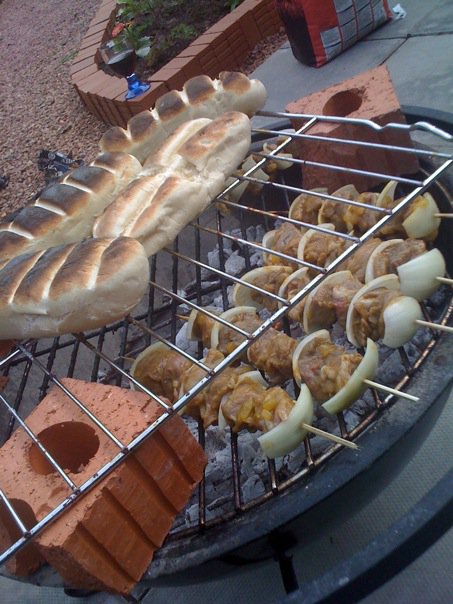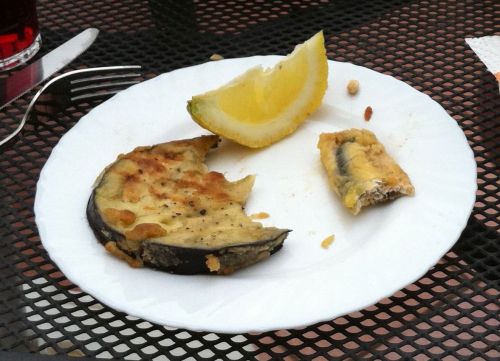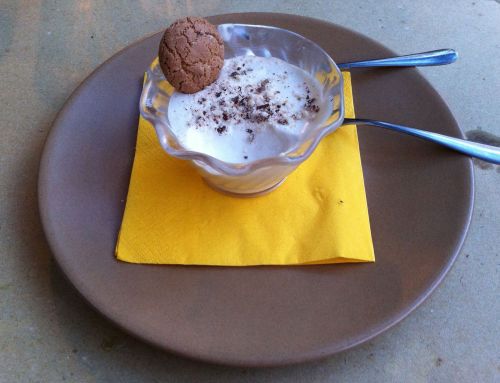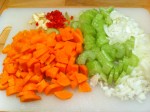I’ve learnt in the last weeks that the constant urge to write often stops you writing at all.
If I’m not cooking something I’m thinking about writing about cooking something and yet the fear of turning into the blogging equivalent of those people that tweet/facebook every time they brush their teeth, often prevents me from writing anything at all until I feel like I have something to share thats worth someone pausing to swap their usual comfort recipes for something different.
I was just circling my laptop and avoiding the inevitable writer’s block whilst determining to spend this weekend in the kitchen producing something new and innovative when I read a post from Jeanne of Cooksister and realised I already had something tucked away that for some reason I hadn’t to put to paper (or rather keyboard) until now.
Its not strictly new and innovative but if you know your boerewors from your biltong its a South African classic, and it will be new to those who didnt grow up standing bare foot next to the braai in their back garden so I think its worth breaking my blogging silence for.
The post that provided the inspiration is Jeanne’s rather cleverly titled Braai the beloved Country, which invites everyone to share their favourite recipes, and the delicacy in question which I am submitting is the humble but delicious Sosatie, accompanied by Roosterbrood rolls.
At this point I should share a few South African culinary definitions for those of you wondering what the last two paragraphs were all about.
Braai – the afrikaans word for barbeque used by all South Africans when referring to this sacred cooking method. This is straying slightly into personal opinion but you’re not a proper Saffa if you cant light a proper charcoal fire and cook on it. Gas is for the weak.
Boerewors – Boer means farmer and wors means sausage in afrikaans. Its a South African sausage formed in a continuous spiral instead of links. Its usually made with a mixture of pork and beef and spiced with coriander, cloves and nutmeg amongst other spices. Have braai…must have boerewors (unless you have Sosaties).
Sosaties – lamb or mutton skewers with apricots and a spicy marinade. It comes from the words sate, for skewered meat and saus, for spicy sauce (I had to look that one up). It sounds a little odd to the uninitiated but trust me, its good.
Roosterbrood – bread dough roasted on a braai and served with the meat, slathered in butter or even drizzled with syrup. Warm, smoky bread. Need I say more.
Biltong – cured strips of meat which are marinated in vinegar and spices before being dried and eaten as a snack. Bil means rump and tong means strip. You need this to eat while the fire gets going and the Sosaties are cooking. I’ve found a recipe to make my own… but that’s another post.
Right, now that I’ve translated I’ll get on with the recipes. You’ll notice this post only has one picture of the finished article and that’s because this isn’t the sort of food you mess around taking endless artistic shots of. Its rustic and eat-with-your-hands-as-soon-as-it-comes-off-the-braai food. There also isn’t much time to fiddle with a camera while you are turning and shifting things to keep them cooking without burning over the hot coals. But then that’s half the fun of braaing.
Sosaties
- 800g lamb meat, cut into large cubes
- 1/2 onion, chopped
- 1 onion, cut into quarters
- 1 garlic clove, finely chopped
- 2 tbsp olive oil
- 1 tbsp curry powder
- 2 tbsp sugar
- 1 tbsp tamarind paste
- 2 cups white vinegar
- 2 tbsp apricot jam
- 2 tbsp cornstarch dissolved in 2 tbsp red wine
- 220g dried apricots soaked in 1/2 cup sherry (optional)
Season the lamb and place in a container. Heat the oil in a saucepan. Add the onions and fry gently for 5-6min, then add the curry powder and garlic and fry for another minute. Add the sugar, tamarind and jam and stir. Add the cornstarch mixture and stir until it thickens. Leave to cool, then add to the meat and leave to marinade for 1-3 days. Thread the meat, quartered onion slivers and dried apricots if using onto skewers and cook over the fire.
Roosterbrood
Makes 8 to 10 rolls.
- 500g bread flour
- 7g packet of instant yeast
- 2 1/2 tsp sugar
- 1 tsp salt
- 1/2 cup water
- 1/2 cup milk
- 1 1/2 tbsp butter
Mix the flour, yeast, sugar and salt in a bowl. Heat the water, milk and butter in a pan until warm and add to the dry mixture. Mix and knead the dough until smooth and elastic. Cover with a cloth and leave to rise somewhere warm for about 2 hours, until doubled in size. Knock back down and divide into 8-10 balls. Flatten slightly, sprinkle with flour and cover and leave to rise to double again. Place on a grill above the fire (preferrably not to close or too hot – note my rough and ready method of raising the grill with bricks) and keep turning until golden on all sides and cooked through.


















